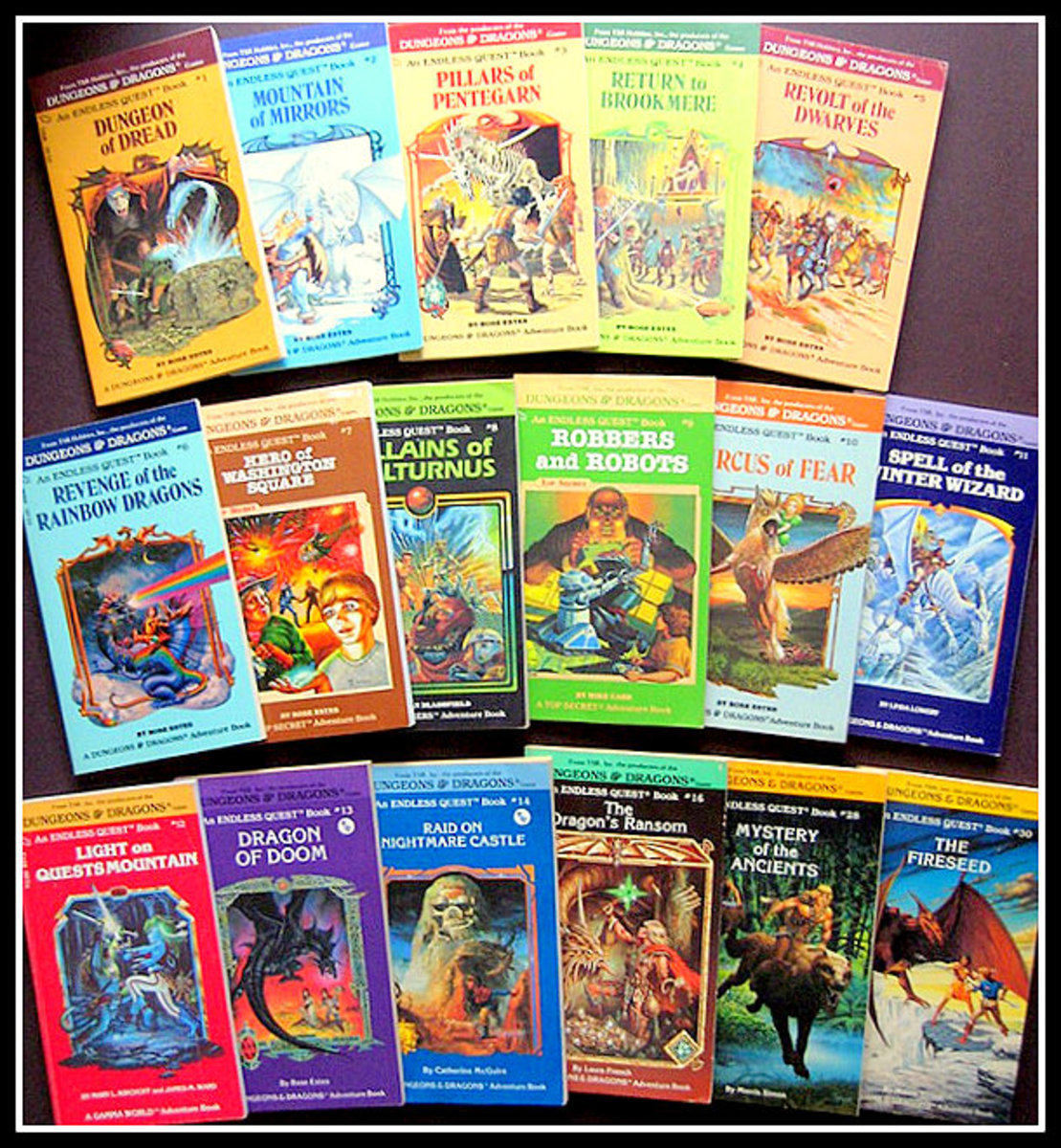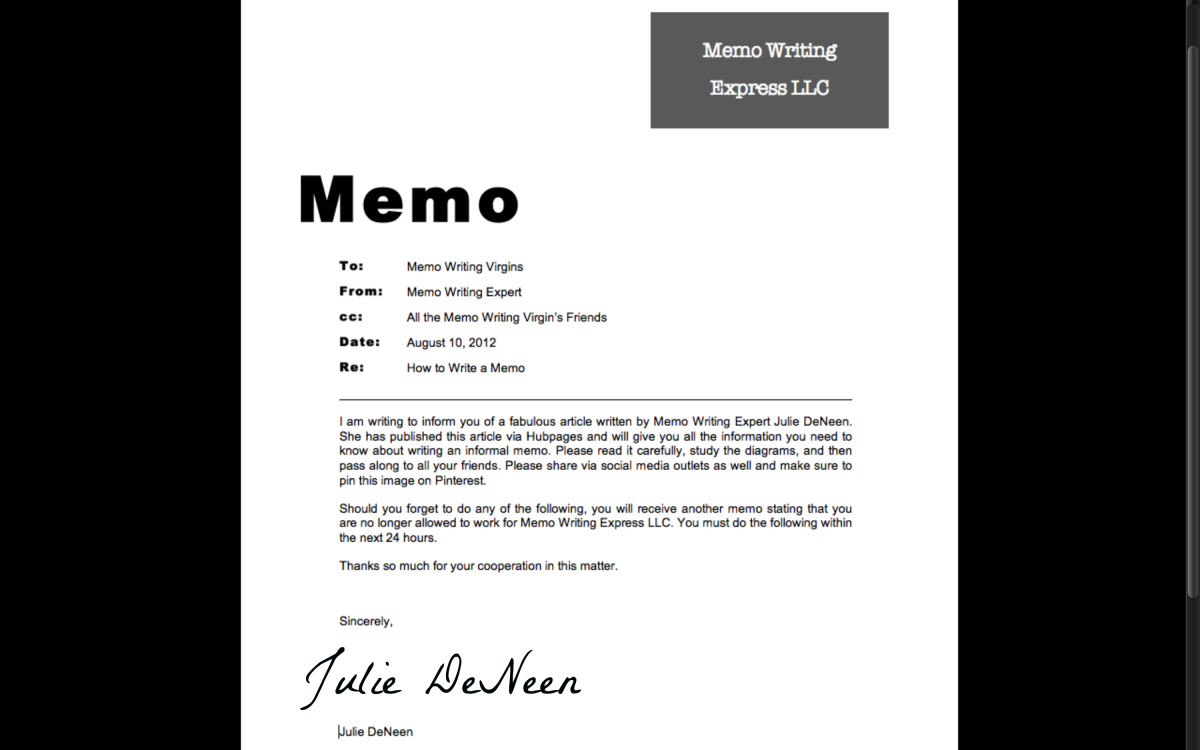Conflict in Writing
Whether you write fiction or creative non-fiction the story should be crafted to engage the reader on an emotional level. If a story doesn’t demand attention or make the reader care it won't be read. What's the secret to engage the reader on an emotional level? You need to create interest in what happens next. A key ingredient to make this happen is conflict.

What Is Conflict in Writing?
In writing, internal conflict is created by showing opposition between two simultaneous but incompatible feelings. Approach this concept by considering your character’s weaknesses. For instance, if your character is a lonely divorcee desperate to find Mister Right, her poor self-image, and lack of self-confidence may create conflict when she decides to accept a date with someone she meets in an online chat. Her loneliness drives her to accept the invitation, but her lack of self-confidence and poor self-image are in conflict with her decision.
Conflict Creates Tension
The tension created by conflict engages the reader and keeps them involved. Tension is a balance that teeters between interaction of opposing elements or tendencies. The use of tension connects the reader to agree or disagree with decisions made and draws them into the story because they care. Without this element of stress the story reads flat and less interesting like reading a list of facts. Without conflict and the resulting tension, the reader learns information, but isn’t emotionally engaged.
External conflict also adds tension. For instance, if the woman experiences a flat tire on the way to meet Mr. Right creates an external element of conflict. Why? It raises questions and interest because we care. We want to know what she is going to do? Is the fellow who stops to help her the real Mr. Right?
Rise and Fall of Tension
Creating conflict in your writing is good, but you need to strive for balance. Constant tension is no better than no tension. The reader needs a break, a time to relax and absorb the details. Constant tension dulls the reader’s perception as they become desensitized to the emotional and physical strain endured by your characters. It becomes mundane and loses the desired impact. Conflict and the resulting tension should be like riding a wave carrying the reader to the top and gently dropping them on the other side ready to pick up a new wave. One scene should flow into the next; to eventually meet the big wave—the climax.
Resolution of Conflict
Conflict should interlace throughout a story, with tension ebbing and flowing as characters strive toward a goal of some sort. In our example, the woman’s goal is to meet the man from the chat room in hopes he that he is Mr. Right. The ultimate resolution (finding a solution to the problem) will be nestled near the end of the story where it brings all the loose threads of the plot together and ties them in a tidy knot.
Minor aspects of resolution should be sprinkled throughout the story to lessen tension at the points where you offer the reader time to breathe, absorb and ponder the possibilities. Mingling inner and outer conflict builds tension until it culminates at the climax. Resolution is how you bring the reader from the climax toward the conclusion in the same way—a wave at a time. Even as you head toward the end of the story, tension is a necessary ingredient. It’s the bait that keeps the reader wanting to know what happens until the end. On the way to the conclusion, check to see if you have resolved each conflict woven into the story line. Dangling details or unanswered questions leave the reader wondering if they missed something.
Write for a Reason
Write everything for a reason. Don't add conflict for the sake of conflict. Don't add unimportant details which water down the tension. If it doesn’t move the story along, eliminate it. Expand pertinent information to keep the pace moving. Engage the senses.Reach for the goal, an entertaining story complete with conflict, tension and resolution.
Other Helpful Articles
- How to Write Effective Dialog
Dialog when written effectively is an important writer’s tool. It moves the story along and provides intimate information. - Avoid Cliches in Writing
Trite, stereotypic expressions are often part of conversation but can sabotage your hopes of acceptance. Learn to recognize and avoid them. - Writer's Block: How to Beat It
Strategies to help beat writer's block can get your writing, even when you think you're stuck.








